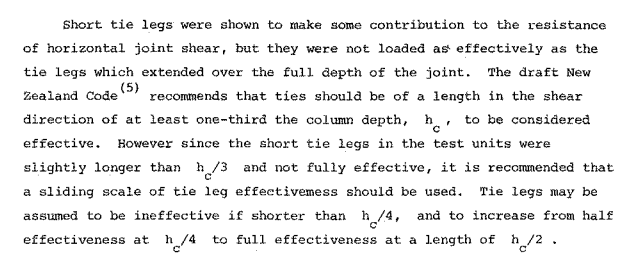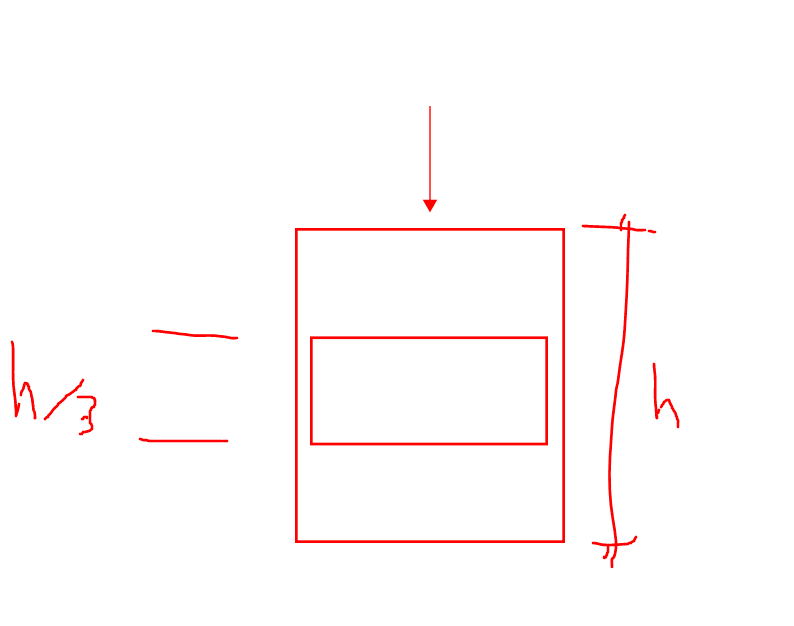bridgeengineer2007
Civil/Environmental
Does anyone know of any requirements or specifications in AASHTO or ACI regarding the minimum spacing between legs of double vertical stirrups in a cap or beam for shear design? I'm referring to the spacing across the width of the member, not the longitudinal spacing. For wide beams, it seems that you'd want to maintain a minimum spacing of where the double stirrups overlap, but I can't find any code reference indicating this...


